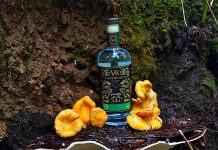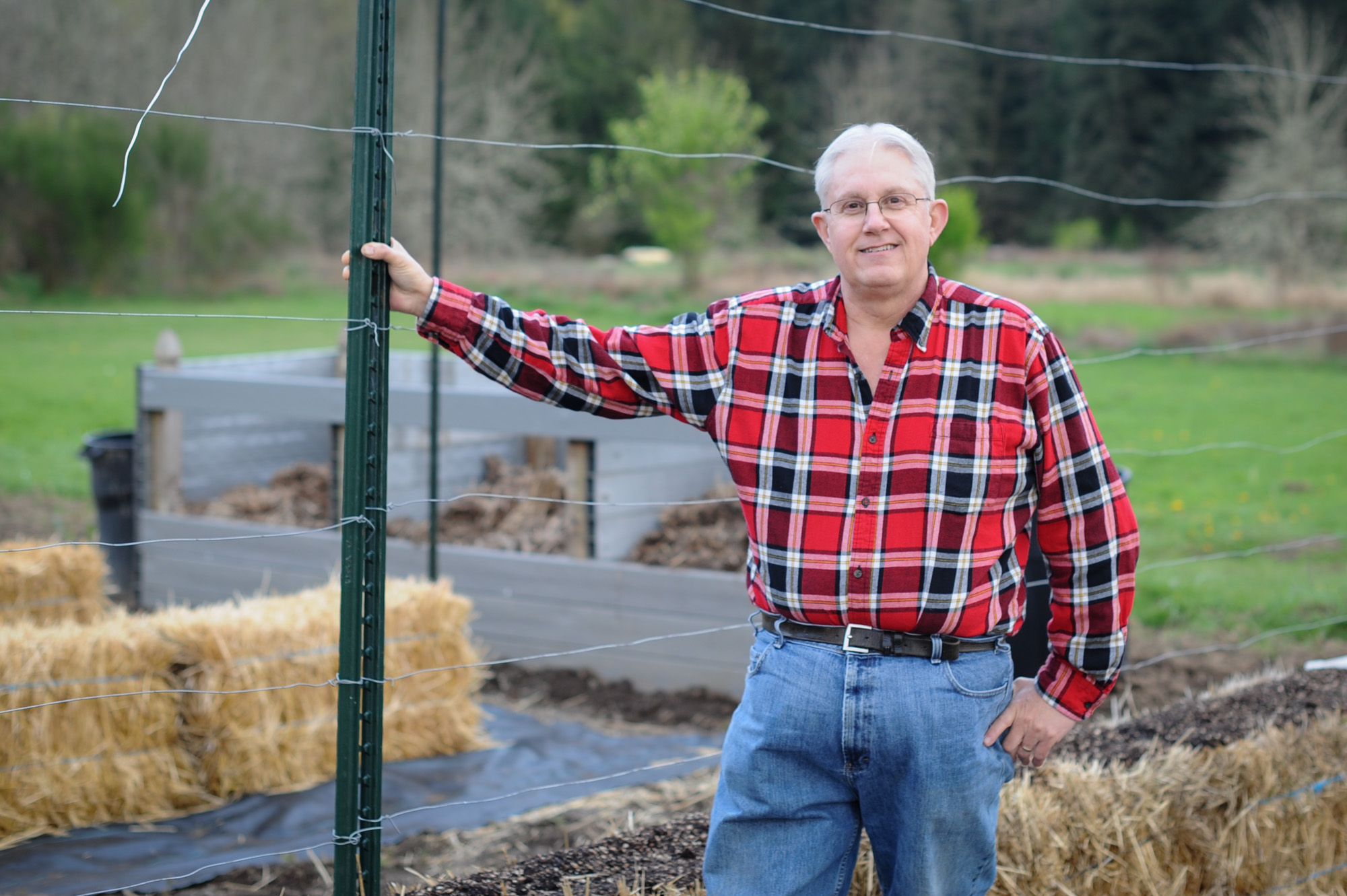
By Melanie Kallas Ricklefs
 Chip Beatty grew up farming. He helped his grandparents on their blueberry farm in Rochester from an early age, and worked on an 80-acre farm in high school. As an adult, he and his wife, Susan, started the South Bay Farm where they grew produce to sell at the Olympia Farmers Market. Chip and Susan have full-time jobs during the week, so they took whatever will-call spots were available at the Market on weekends.
Chip Beatty grew up farming. He helped his grandparents on their blueberry farm in Rochester from an early age, and worked on an 80-acre farm in high school. As an adult, he and his wife, Susan, started the South Bay Farm where they grew produce to sell at the Olympia Farmers Market. Chip and Susan have full-time jobs during the week, so they took whatever will-call spots were available at the Market on weekends.
During their time at the Market, the Beattys provided the earliest zucchini of the season thanks to Chip’s knowledge of gardening. He covered the field in black plastic and cut holes to plant his zucchini. The black plastic kept weeds at bay, warmed the soil, and warmed the air near the soil making his plants grow faster and the zucchini ripen quicker.
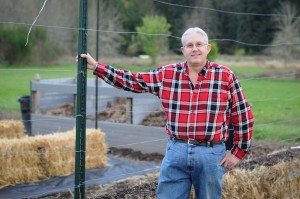
Chip has always sought out the best and easiest ways of growing plants for produce. It was his love of innovative gardening techniques that led him to a book about straw bale gardening. Since that day, he has devoted his time to perfecting his technique and sharing his knowledge.
Straw bale gardening is a method of gardening that is accessible to anyone, even those with limited space, funds, or mobility. The only materials required for straw bale gardening are a bale of straw, fertilizer (organic or synthetic), and potting soil. Your garden can be as small as one straw bale, and can be placed on any outdoor surface including soil, grass, gravel, concrete, or pavement. If you choose to place a straw bale garden on an impervious surface such as concrete, or pavement, it would be advisable to provide a catchment system for excess water flowing from the bale so as not to pollute nearby streams and water bodies.
Straw bales are typically fourteen to fifteen inches tall, which makes them accessible for people with limited mobility. As Chip says “it’s easy getting down on the ground” to work in the garden, “but getting up is not so easy anymore.” Raised beds also have the benefit of being accessible to those with limited mobility, but raised beds are more permanent, and more costly. The start-up cost of a straw bale garden is only about $20, which includes bags of fertilizer and potting soil that can be used for many bales.
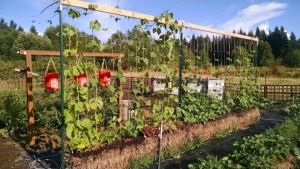
The most important part of straw bale gardening is “conditioning” the bale. During conditioning, the bale is fertilized and watered on a specific schedule to allow the fertilizer to work its way down into the bale while the interior of the bale breaks down through composting action. According to Chip, this process heats up the interior of the bale to between 105° and 118° Fahrenheit and creates “virgin soil” with no viable weed seeds, or disease organisms. The conditioning schedule is available in Straw Bale Gardens by Joel Karsten, the inventor of the technique.
You can grow just about any type of plant in straw bales. You can start from seed, or plant potted plants directly into the bale. Seeds are planted in a layer of potting soil spread on top of the bale after conditioning. To plant a potted plant, use a trowel to wedge the straw apart and place the potted plant into the hole just as you would in soil.
Trellises can be built over straw bales for climbing vines, such as peas and beans. Climbing vines can be planted in the center “row” of the bale, while the outer rows can be planted with lettuce, radishes, and other short plants that will not shade the vines. To maximize your planting area, you can plant directly into the sides of the bale as well. The roots of the plants will have access to the rich soil inside the bale even from the sides. Flowers are particularly stunning growing out of the sides of straw bales, but edibles, such as strawberries work too.
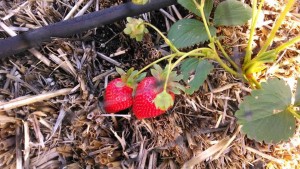
Straw bales can be composted each year, or can be used for deep rooted plants, such as potatoes, in the second year. To get seed potatoes into the bale, use a long stick to make a hole deep into the bale, drop the seed potato into the hole, and then work the straw back together again. When the growing season is over, simply snip the strings that hold the bale together and it will open to reveal your potatoes. How’s that for an easy harvest?
According to Chip, plants don’t germinate faster in straw bales, but once germinated, they grow bigger and faster. While you could grow just about any plant in straw bales, there are some that may not be ideal. For example, you may want a more permanent growing space for your perennials.
For more information about straw bale gardening, follow Chip Beatty on his South Bay Farm Facebook page or email him at south.bay.farm.98506@gmail.com.






